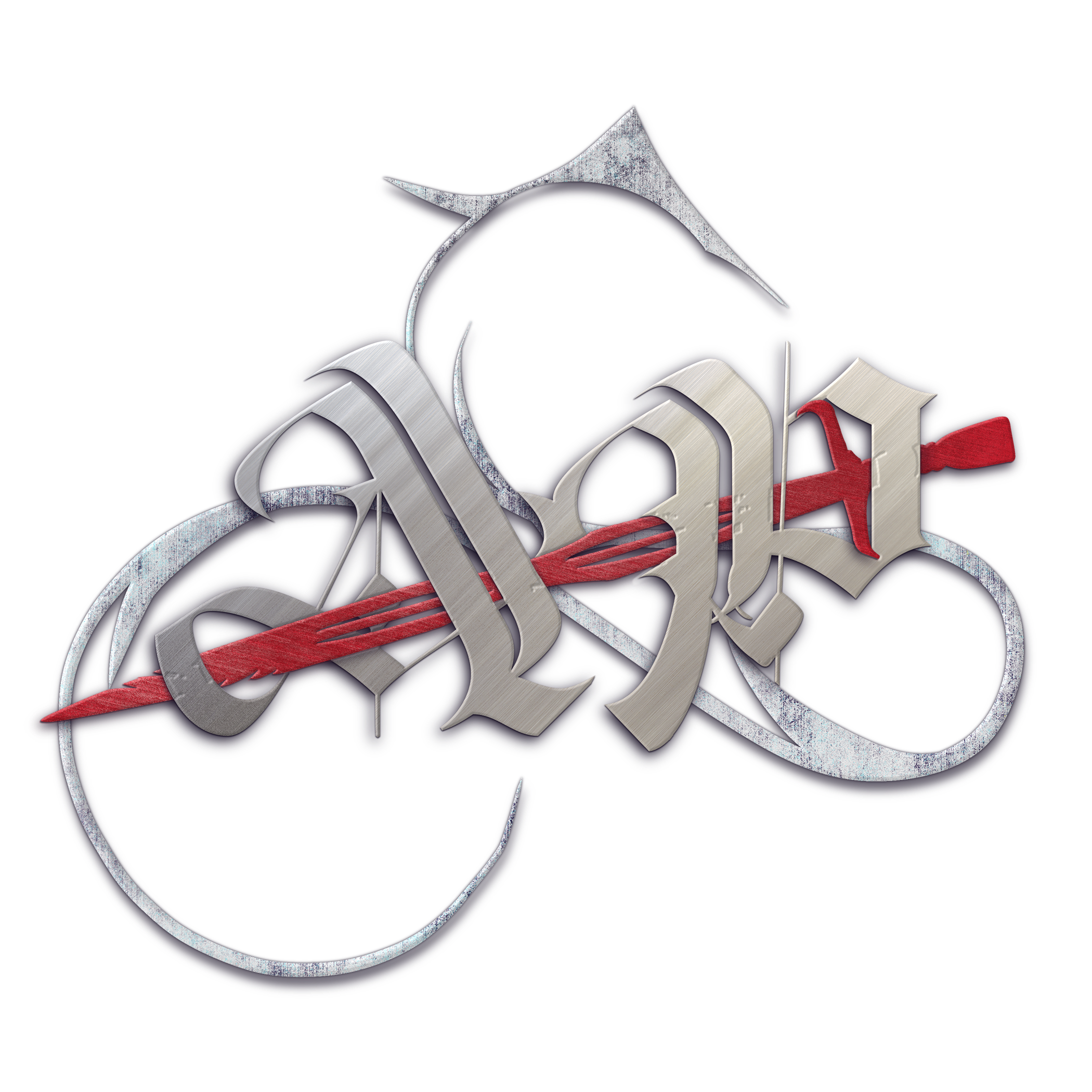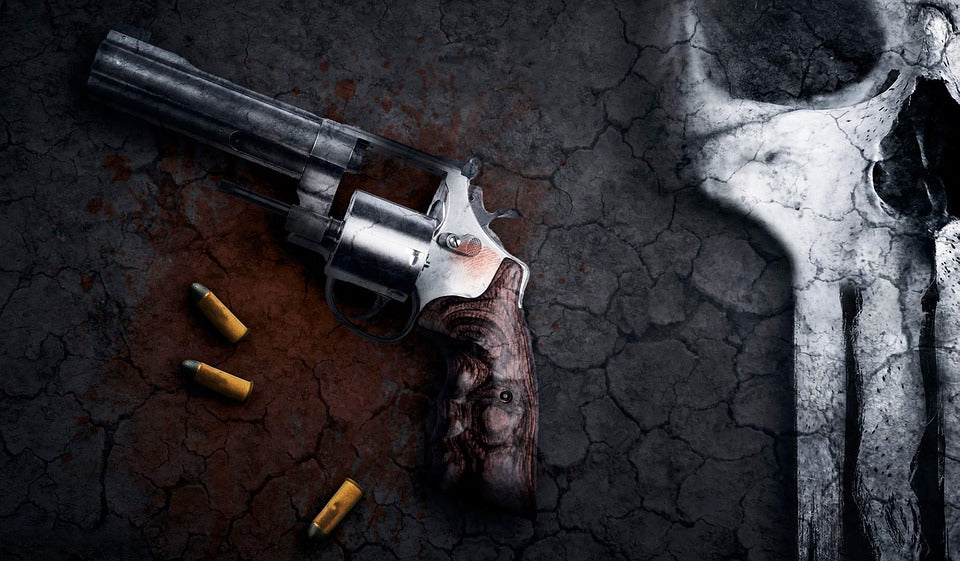I LOVE villains! Better put, I love writing villains.
While the heroes are the ones we connect to in most stories, it's really the villains and antagonists that make us care. After all, when our protagonists have to fight through impossible odds to triumph, that's when we feel that thrill. And it's the villains and antagonists that make the odds so "impossible".
Think about it:
- Without Sauron, would Frodo's act of throwing the One Ring into the fires of Mount Doom have had any meaning?
- Without Captain Hook, would Peter Pan have had a chance to shine with his daring, brave swordplay and clever quips?
- Without Lord Voldemort, would Harry Potter have been anything other than a normal wizard in training?
We root for the heroes, but only because the villains and antagonists have put them in a position that we care about them.
For the next few months, I'll be doing a series of posts on all the best types of villains and antagonists in fiction. As a fantasy writer, I'll be putting them into the perspective of a fantasy character, but I'll also try to find good examples from across all the genres and in popular fiction.
Below is the complete list of villains and antagonists, with a short explanation of each. I'll be following this initial post up with weekly breakdowns of each character type, including a bit of psychological context for each to help you understand how these characters came to be and what drives them.
(Feel free to share this list—over time, I intend to make it the most comprehensive guide around!)
Villain vs. Antagonist
One thing I like to make VERY clear: villains and antagonists are not the same!
Villains are defined as "a character whose evil actions or motives are important to the plot." Simply put, they have
evil motives or do
evil things.
Antagonists are defined as "a person who actively opposes or is hostile to someone or something; an adversary." They don't have to be truly evil—all that matters is that they oppose your protagonist.
There can be a lot of cross-over between villains and antagonists. Your antagonist could have evil motives and do evil things. In many cases, the terms can be used interchangeably.
However, many antagonists can be inherently GOOD or have GOOD motives. All that matters is that they are opposing or hostile to your protagonist.
Understanding the distinction is very important for the list below. You can write villains that are pure evil but antagonists that are honorable and noble. Villains are a matter of morals and principles; antagonists are a matter of perspective.
If I may be so bold as to tap into my own writing, here are two good examples of villains vs. antagonists:
- In The Last Bucelarii (Book 1): Blade of the Destroyer, the villain is a demon seeking to return the "big bad" (Kharna, the Destroyer) to the world. The antagonist, on the other hand, is an honorable Beggar Priest trying to do his job and protect the world from demons—the fact that the Hunter is half-demon sets him at odds with the priests.
- In Child of the Night Guild (Queen of Thieves Book 1), the villain is a bully seeking to inflict psychological and physical pain on the main character, Ilanna. The antagonist, on the other hand, is the Praamian Guard and the Duke of Praamis—the fact that Ilanna is a thief sets her at odds with the "law and order" in the city.
See how it's all about perspective? A villain will usually be evil to everyone around them, but an antagonist will simply be at odds with the main character due to their profession, religious beliefs, moral values, citizenship or origin, or any number of other factors.
Understanding these differences will help you approach the list of villains and antagonists below with an open mind, and may help you find some unique ways to turn these archetypes—both truly evil and simply oppositional—into fascinating, well-developed characters!
Types of Villains
These are the types of characters that could be easily defined as a straightforward VILLAIN (evil motives or actions).
Based on the mythological concept of good vs. evil. Think Satan/The Devil, Shaitan from
The Wheel of Time, or Lovecraft's
Cthulhu.
Read more...
Based on the Second Law of Thermodynamics, "The entropy of the universe tends to a maximum." This is a force that seeks to destroy all order in the universe to return it to its natural chaotic state.
Read more...
The cackling, moustache-twirling, melodramatic "evil for the sake of evil". He tends to be exorbitantly wealthy and powerful, and uses his wealth and power to prey on the weak.
Read more...
A person who is cruel to others, often for the sake of cruelty. Bullies often tend to use cruelties to hide their fears and insecurities.
From Sauron to the White Witch to Darth Vader, the Dark Lord or Supervillain may or may not have a tragic backstory, but they are usually evil because it's "in their nature".
Vampires, werewolves, snakes, dragons, Cthulhic deities, and wild animals all share one thing in common: a driving, inescapable biological imperative to be savage. Often bestial/primitive instincts overlap with the innate human tendency toward violence.
Marvel Comics'
Nightmare and the Biblical Satan are two perfect examples: forces created/destined/fated/driven by internal/psychological imperatives to be evil.
Someone who derives pleasure or enjoyment from the suffering of others. Psychological abuse and cold-blooded torture are their favorite weapons.
Loki from Norse mythology and Anansi from African folktales are not "evil" by definition, but their actions trend more toward evil because of their mischievous nature.
Types of Antagonist
These character types can be used as a counterpoint for the protagonist. They can be written as "evil", "good", or somewhere in the shades of moral grey between. Perspective is everything when it comes to these antagonists!
Similar or identical to the hero in most ways, they will differ in one significant way: their morality, their actions/methods, or their desires. They are chiefly used as a foil to make the protagonist/hero question their ethics and beliefs.
This is any sort of figure that stands in the way of "free will", "freedom of choice", or "freedom of action".
This is a figure of authority (boss, parent, president, nobility, etc.) that abuses their authority and power (emotional and physical) over someone else.
From the dirty cop to the greedy nobleman to the unethical corporation, one of our greatest fears is not being able to trust the very people we have put in positions of authority over us.
This includes classic vampires, zombies, werewolves, ghouls, ghosts, and any other "normal" human that has been physically corrupted and turned into an antagonist by way of disease, infection, or magic spell.
The thief that steals the important MacGuffin, the assassin that tries to kill the protagonist, the swindler who takes advantage of kindly old ladies, and anyone else who breaks the law—either out of desire or necessity.
A broad range of emotional, psychological, mental, and physical disorders can turn "good" people to "bad". In some cases, a physical disability could either be the result of the villainy (think Darth Vader) or the cause of it due to resentment over mistreatment by a cruel society.
Henchmen are happy to serve whoever will give them a sense of purpose and direction. If their master is evil, they're typically willing to follow those orders—even if it means hurting others.
Note: Some people end up "henching" because it gives them an excuse to be a Bully or Sadist, or because they are "Disturbed".
We all fear the day that A.I.s rise up and destroy us. Often, a "machine" antagonist is one created by humankind for one purpose (to prevent war), but in their extreme logic they go too far (by eradicating mankind, the cause of war).
The hero fails to save the girl in time. The heroine plummets from the back of her dragon to fall a thousand feet to her death. The ocean destroys the good wizard's ship. The mountains stand between the protagonist and their objective. Weather (rain, wind, snow, sleet, hail, sandstorm, etc.) cause the quest to fail.
We all HATE bureaucrats, people who are "just doing their job". They are paragons of inflexibility and sticking to the rules. Some may use their limited power (Petty Bureaucrats) to stymie the protagonist's efforts.
Bonus: Red tape, or the established laws and guidelines that interfere with our desires and goals.
We've all got a hate-on for the IRS when they take away our hard-earned money. The organization may not be inherently villainous, but their bureaucracy or regulations interfere with our protagonists' actions.
Criminal Organizations
From the real life "Mob" to Marvel Comics'
Sinister Six, these tend to be organizations made up of law-breakers. Often populated by Bullies, Sadists, and Henchmen, along with Career Criminals.
Crowd
Gladiator summed it up best, "The mob is fickle." A crowd of individuals can be whipped into a frenzy of passion, anger, hatred, xenophobia, religious intolerance, sexism, bigotry, or bloodlust. Add into that the "herd mentality", and you have a riot on your hands.
Scheming Mastermind
Men and women scheme behind the scenes to gain power, increase wealth, "get the girl/guy", or "make the hero pay for X action". There may be no direct confrontation until the climax, but they are the invisible hand moving all the pieces.
Dark Knight/Punisher
Some may hold a high moral/ethical code, while others resort to violence to punish the "wicked". They may be inherently "good" characters, but their actions tend to be less "good".
Disposed Son
Born to wealth and privilege, only to have it all ripped away, these characters are driven by resentment and a lust for the power/riches they once had. Often, they'll seek vengeance against any they believe wronged them.
Desperado
Trapped in their life—drug addict, career criminal, or prisoner—they perform unscrupulous acts in the pursuit of one goal: survival in desperate, grim situations.
Cult of Evil/Darkness
Faceless, nameless, wearing dark hoods and chanting arcane rituals, these cults can range from genuinely evil (death cults) to genuinely good-intentioned but misguided.
Fanatic
Driven by a single mission or ideology, they are willing to do whatever it takes to achieve their goals. The end justifies the means.
Traitor
What started out as friendship, love, loyalty, or brotherhood has been twisted to the point that they are willing to betray those closest to them. Think Lex Luthor or Judas Iscariot.
Victim
"It's not my fault." "I did it because…" Anyone who refuses to take blame for their actions can end up in the role of antagonistic victim.
Note: There are many other types of villains/antagonists out there (Black Widow, Femme Fatale, Frenemy, etc.), but I felt these were the most psychologically "realistic" and plausible for a well-developed novel (fantasy or otherwise).
However, if you feel the list deserves an addition, feel free to comment below and let me know. Or, just add any comments you may have.
Please consider sharing this article—the more people that learn how to write realistic, believable, and compelling villains, the better our fiction will become!

